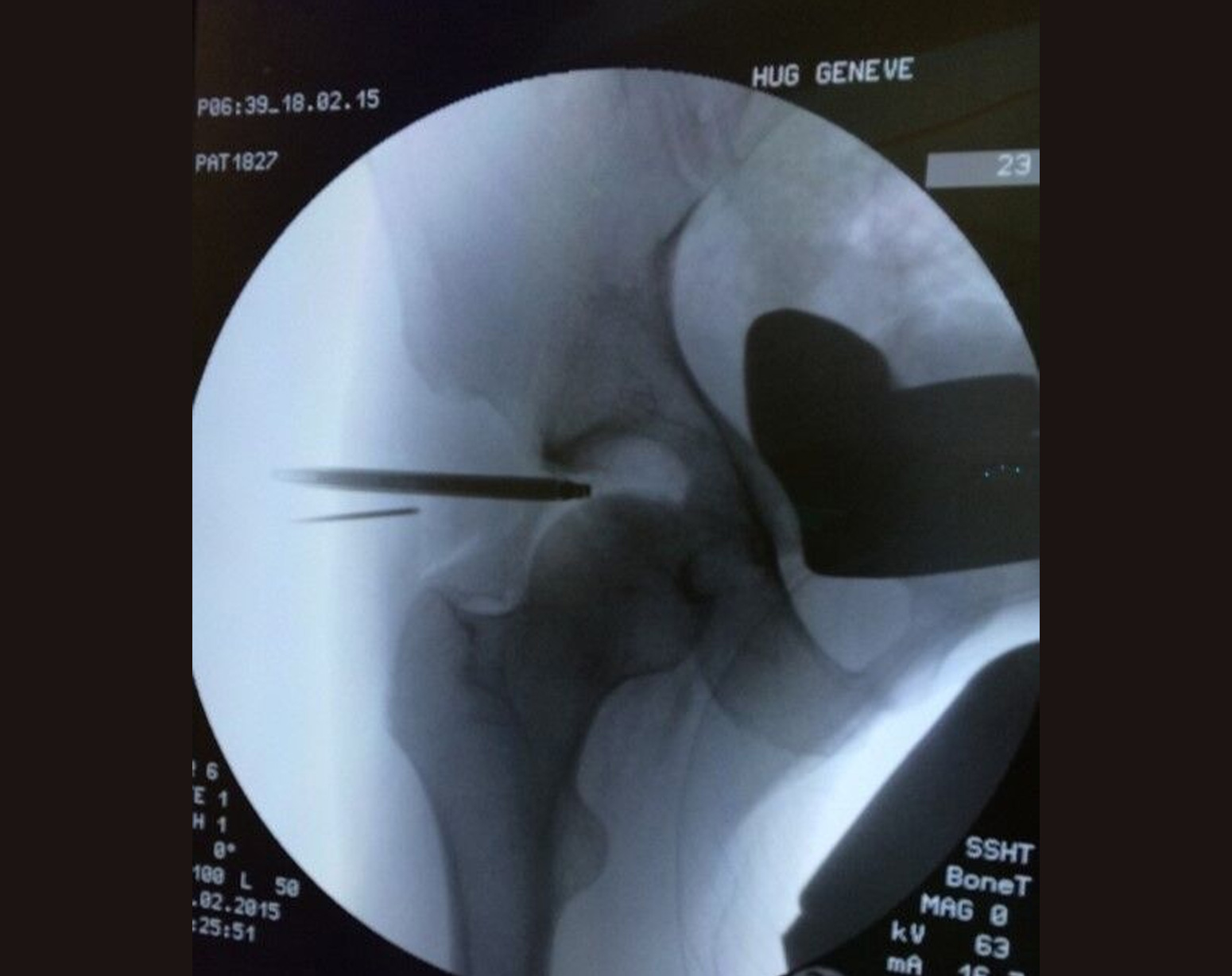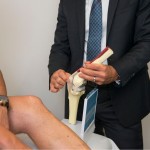Conditions / Hips / Adults
Hip Arthroscopy Surgeon In Sydney’s Parramatta

Hip arthroscopy is a procedure that orthopaedic surgeons use to examine and treat the inside of the hip joint. The hip is a ball and socket joint which is highly conforming and stable.
The articular surfaces are covered with smooth articular cartilage. This allows normal gliding motion in the joint. There is a labrum/cartilage rim which is made of fibrous cartilage that surrounds the socket and seals the synovial fluid within the joint. The labrum helps stabilise the hip joint. Hip arthroscopy is more difficult than arthroscopy of the knee or shoulder because it is a deeper joint in the body and very difficult to access because of its conforming nature. It also has larger muscles, thicker tendons and ligaments surrounding it.
Why Is Hip Arthroscopic Surgery Performed?
Arthroscopy, or key hole surgery of the hip, is performed for a number of different conditions. Patients usually present with recurrent pain, stiffness, catching, locking or giving way with certain movements. They often have pain with activities that involve deep flexion of the hip. Physical examination and investigations such as MRI and CT are often performed to gain a diagnosis before surgery is contemplated.
Repair of articular cartilage defect is often performed where loose pieces are debrided, and defects micro fractured (puncturing the bone with small holes to allow bleeding and healing by the laying down of fibro cartilage to fill the defect). Hip arthroscopy is also used to remove loose bodies, repair a labrum when it is torn, and treat other conditions such as washout of the joint for infection or investigation after a hip replacement.
The procedure requires a general and often spinal anaesthetic, as paralysing from the waist down relaxes the big muscles and makes the procedure easier. The foot is placed in a boot and traction is applied to open up the joint in order to allow the instrument to be passed. Patients often spend one night in hospital and are allowed to weight bear day-one post-surgery with crutches. The type of the surgery performed, such as resection of bone for femoroacetabular impingement, will determine how long they will need to use the crutches. Often non-steroidal, anti-inflammatory drugs are given for a few weeks following the surgery to prevent heterotopic bone from forming.
Book an appointment in Sydney today
Call the clinic of Dr Louis Shidiak in Parramatta, or any of our other Sydney clinics on (02) 9806 3333 to obtain more information about booking an appointment with an experienced hip arthroscopic surgeon. We also offer surgeries for hip replacement and sports injuries.


